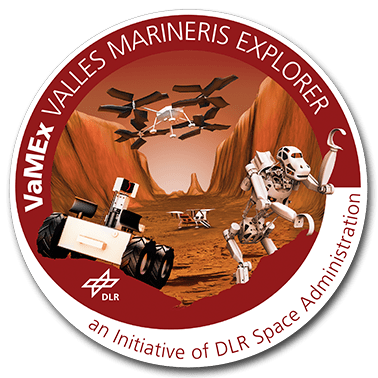The currently ongoing VaMEx-3 project is composed of four subprojects due to the complexity required to plan, develop and execute a space mission with autonomous robot swarms on Mars.
VaMEx-3-VRN
The VaMEx-3-VRN project has the overall goal of merging and validating a virtual testbed (VTB) from previous projects. Furthermore, the existing terrain relative navigation (TRN) is adapted to support qualified and flyable hardware and the mission concept is further developed.
Partners:
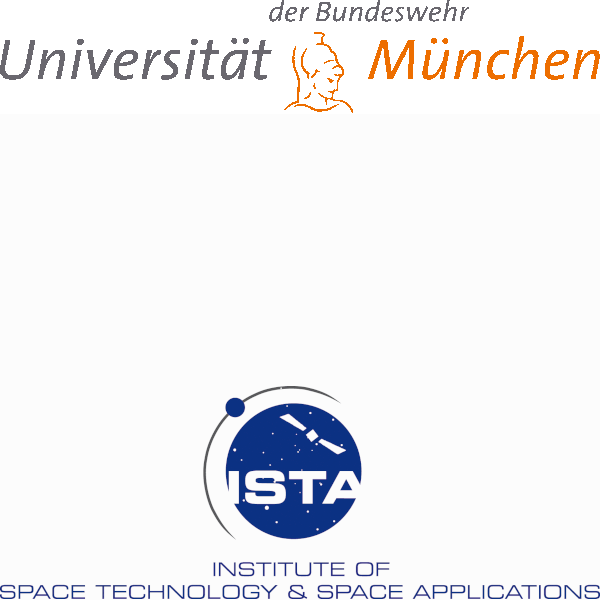
UniBw M – LRT9.1 Raumfahrttechnik
The Chair of Space technology at the Institute of Space Technology and Space Applications is responsible for teaching and research in the fields of space mission and system architecture & design; safe formation flight; autonomous satellite operation, especially in the event of errors (error management, FDIR), as well as artificial intelligence and machine learning applications in spaceflight. The institute is co-responsible for the implementation and data evaluation of the “Radio Science Experiments” on board Rosetta, Mars Express, Venus Express and New Horizons. Thus, there is considerable experience with the actual operational process of science missions. In addition the Chair for Space Technology is responsible for the mission and systems engineering as well as the operational planning of the currently implemented satellite mission SeRANIS (https://seranis.de/), which is carrying more than 12 scientific experiments and is to be launched in 2025.
Website: https://www.unibw.de/lrt9/lrt-9.1

UniBw M – LRT9.2 Satellitennavigation
The Chair of Satellite Navigation at the Institute of Space Technology and Space Applications is responsible for teaching and research in the fields of satellite navigation, integrated navigation and signal processing.
At present, the institute has the following main research areas: GNSS signal design (G2G), sensor fusion (LiDAR, inertial, GNSS), space navigation, GNSS Receiver & Simulator. In the area Space Navigation, the institute specialises mainly in autonomous navigation of spacecrafts. In space, GNSS is only available to a limited extent (earth orbit, moon) or not at all. Therefore the positioning and navigation of the spacecraft must be carried out with the help of other sensors on board the spacecraft on board of the spacecraft. These methods require high robustness and low computational requirements.
Website: https://www.unibw.de/lrt9/lrt-9.2/
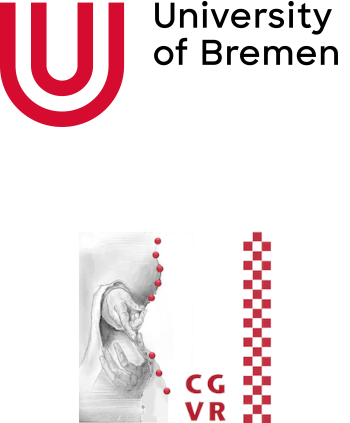
University of Bremen – Institute for Computer Graphics and Virtual Reality (CGVR)
The Institute for Computer Graphics and Virtual Reality (CGVR, headed by Prof. Dr. Gabriel Zachmann) has performed research in computer graphics, virtual reality, and computer vision for over 20 years. We have participated and initiated a large number of research projects funded by various German funding bodies (DFG, BMBF, DLR, DAAD) and industries (e.g., Volkswagen, BMW) and SME’s (e.g., Icido, now merged into ESI). We have a long experience in point cloud processing, 3D geometric algorithms, virtual reality systems and interactions, massively-parallel algorithms, camera-based object tracking, machine learning, virtual prototyping, collision detection and proximity computations for several different object representations.
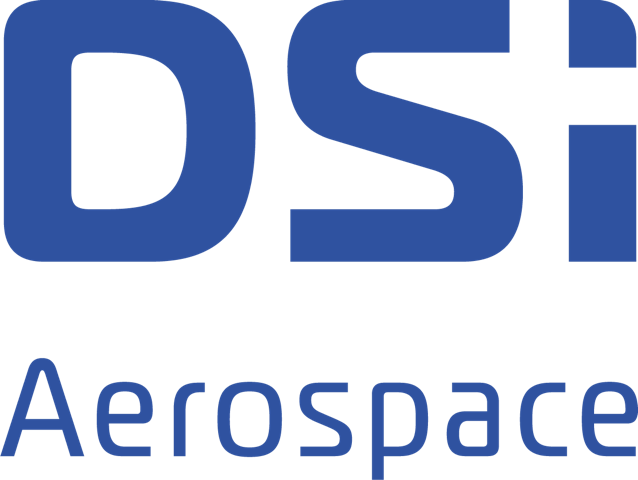
DSI Aerospace Technologie GmbH
DSI Aerospace Technologie GmbH is an SME based in Bremen with a focus on electronics for the aerospace industry. The fields of activity are design and development of solutions for special computers, information technologies and communication systems. DSI has already established itself as a reliable supplier of aerospace equipment. Our customers are e.g. Airbus DS, OHB, DLR, ESA. In addition to national and international space missions, DSI was and is also involved in large ESA missions with deep space relevance, e.g. ExoMars, MASCOT Lander and JUICE.
Website: www.dsi.space
VaMEx-3-RGE
A central component of this swarm are units operating on the ground in the form of wheel-driven rovers and crawlers. The VaMEx-3-RGE project addresses these ground units accordingly and further develops the results from previous projects.
Partners:
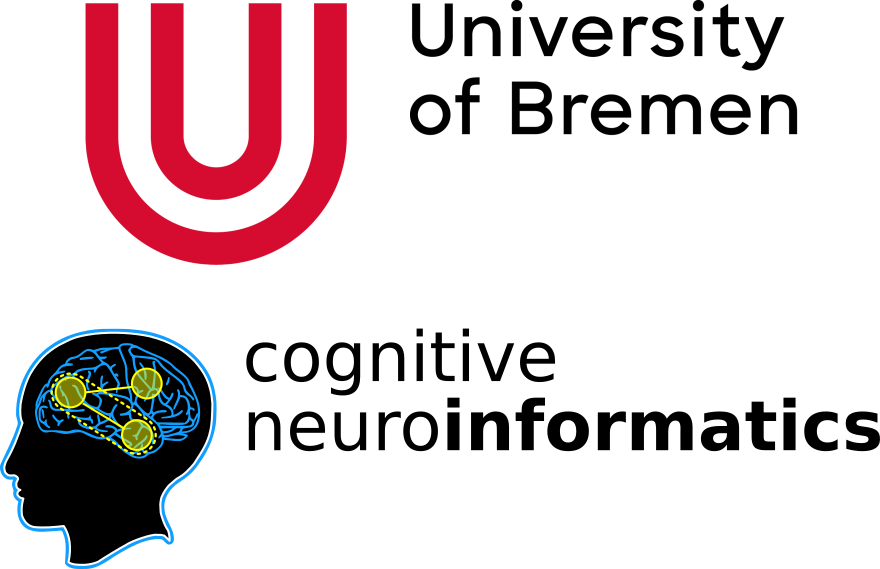
University of Bremen – Cognitive Neuroinformatics
Biological systems and their cognitive abiilities are the foundation for the multi-discplinary research of Cognitive Neuroinformatics. Current topics range from causal and generative human activity models, autonomous driving, bee hive and colony research to multi-robot SLAM (simultaneous localization and mapping) with a particular focus on space exploration. With regards to VaMEx-3-RGE, our institute contributes experience in multi-robot localization and SLAM, mapping, tracking, and exploration from past and current projects like EnEx-CAUSE, KaNaRiA, OPA³L, and TRIPLE-nanoAUV.

University of Bremen – High-Performance Visualization
The working group is dedicated to exploring the mathematical foundations of scientific visualization. We focus on developing techniques for parallel post-processing of exceptionally large datasets, which are frequently encountered in a variety of scientific applications. These datasets are typically generated through simulations on high-performance supercomputers, such as those used in climate research or for analyzing flow fields around airfoils. They may also result from measurements obtained during Earth observation and space exploration missions. In VaMEx-3-RGE, we are responsible for the development of a mission-control tool which is used to interactively identify scientific points of interests in large-scale remote-sensing products.
Website: https://www.uni-bremen.de/en/ag-high-performance-visualization

German Aerospace Center (DLR) – Institute of Communications and Navigation
DLR’s Institute of Communications and Navigation is dedicated to mission-oriented research in selected areas of communications and navigation. Its work ranges from the theoretical fundamentals to the demonstration of new technologies and systems in real-world environments and is embedded in DLR’s Space, Aeronautics, Transport, Security and Digitalisation programs.
Website: https://www.dlr.de/kn
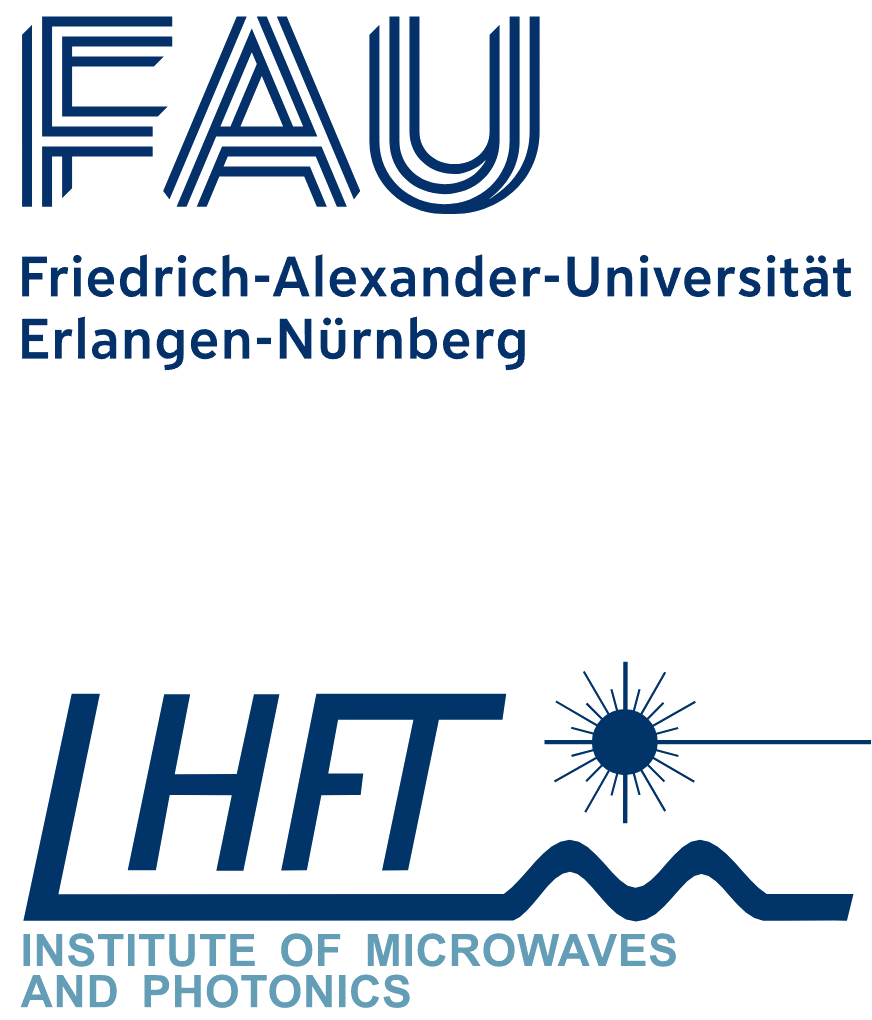
Friedrich-Alexander-Universität Erlangen-Nürnberg – Institute of Microwaves and Photonics / Lehrstuhl für Hochfrequenztechnik (LHFT)
The Institute of Microwaves and Photonics (LHFT) at FAU Erlangen-Nürnberg is regarded as one of the world’s leading institutes in radar technology and radar-based localization. Years of expertise in these fields have led to a number of successfully conducted research projects, along with publications, patents and research awards. These research projects are fundamental to many new developments and applications in the fields of medicine, transportation and traffic, residential systems and commercial enterprises. The institute also builds upon experience in the field of space exploration, gained through research in previous DLR projects. In this field, research topics include radar imaging and radar-based localization.
Website: https://www.lhft.eei.fau.de/
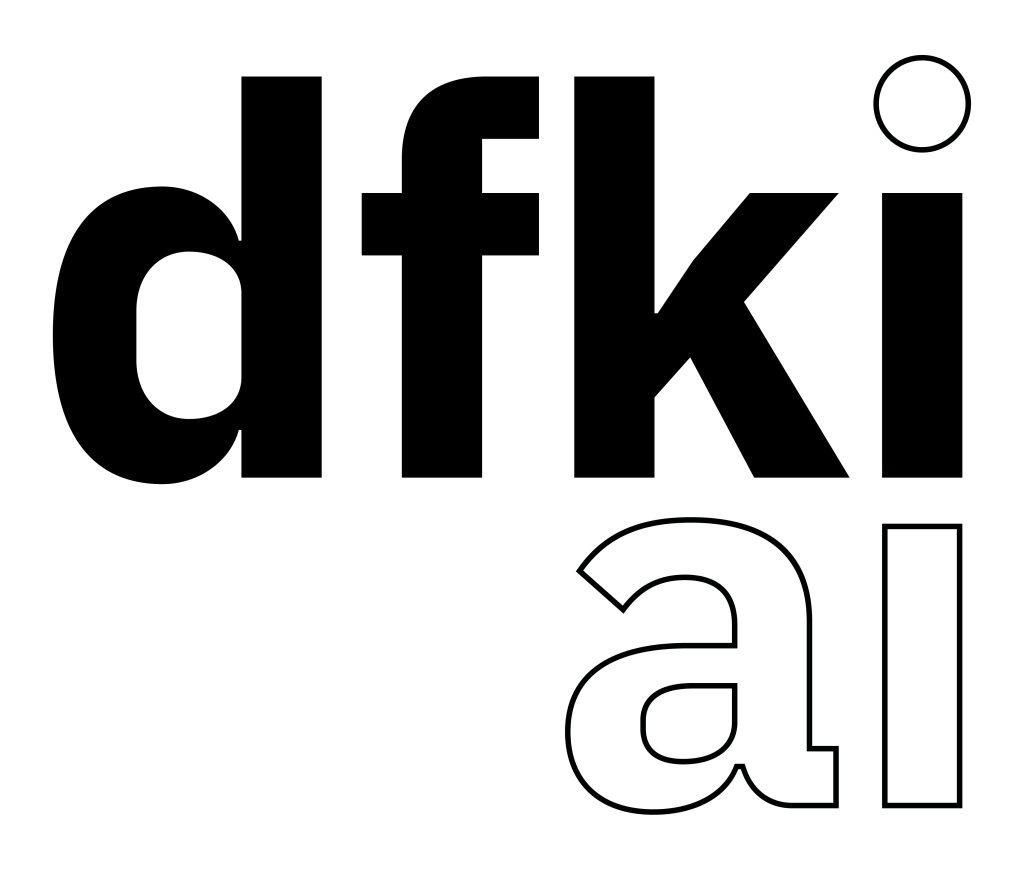
Robotics Innovation Center – German Research Center for Artificial Intelligence (DFKI)
At the Robotics Innovation Center of the German Research Center for Artificial Intelligence (DFKI), headed by Prof. Dr. Dr. h.c. Frank Kirchner, an interdisciplinary team develops next-generation mobile robots that are able to solve complex tasks in water, space and our everyday lives as well as to interact safely with humans and their environment. The research department cooperates closely with the AG Robotik of the University of Bremen.
In VaMEx-RGE and VaMEx-APO, the rover ARTEMIS and the walking system CREX are used as mobile platforms as part of the ground units in the overall swarm. CREX is a six-legged walking robot and has successfully showcased its ability in the ENTERN project, where it autonomously explored and mapped a cave system on Tenerife. The ARTEMIS rover was developed for participation in the DLR SpaceBot Cups, where it demonstrated its high mobility by crossing obstacles and climbing slopes on sandy ground. It is equipped with a LIDAR-based SLAM and an autonomous path planning module, which will both be further developed as part of the VaMEx3 initiative. Apart from its extensive expertise in the development of mobile systems, the institute has several laboratories and workshops as well as an extensive test and demonstration infrastructure.
Website: https://robotik.dfki-bremen.de
VaMEx-3-APO
The focus of the VaMEx-3-APO project is the development of a failsafe absolute position and position determination. Fail-safety is of great importance for later Mars missions, since repairs, remote access and software updates are no longer possible after the launch.
Partners:
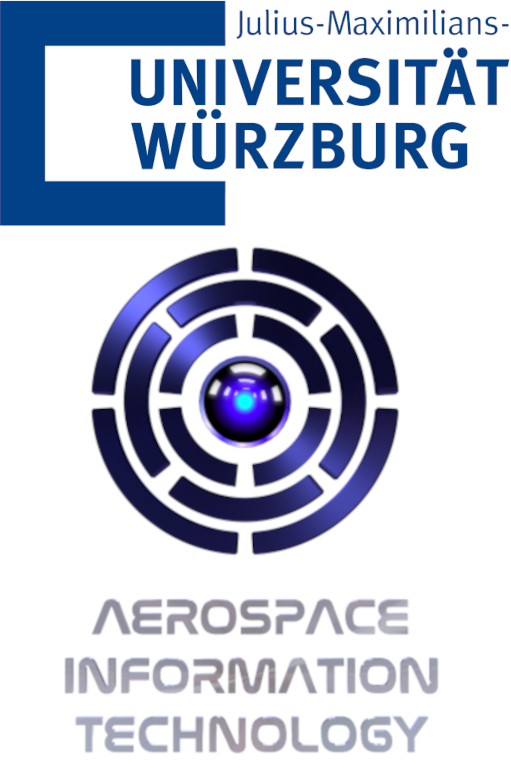
University of Würzburg – Chair of Computer Science 8: Aerospace Information Technology
The University of Würzburg brings extensive experience in the fields of avionics, software development, radio communications, distributed agreements and docking to the project. The University of Würzburg developed its avionics technology in the VIDANA-project. The developed software has already been used in the following satellites: BIRD, TET, BIROS, Technosat, S-Net, Tubin and several Beesats as well as for other missions, which unfortunately did not fly: Gossamer, AsteroidsFinder, pre-Mascot, Mission to the Moon etc. In the project VaMEx-LAOLA, the University of Würzburg has developed algorithms for precise localization. The University of Würzburg has developed several drone (multicopter) families. Two relevant for this projects are: 1. flight and exploration of polar regions, where it is not possible to orient oneself with the Earth’s magnetic field (ROBEX), 2. formation flight with precise relative positioning and orientation to allow two interceptor drones to cast a net to intercept enemy drones (MIDRAS).
Website: https://www.informatik.uni-wuerzburg.de/aerospaceinfo/startseite/
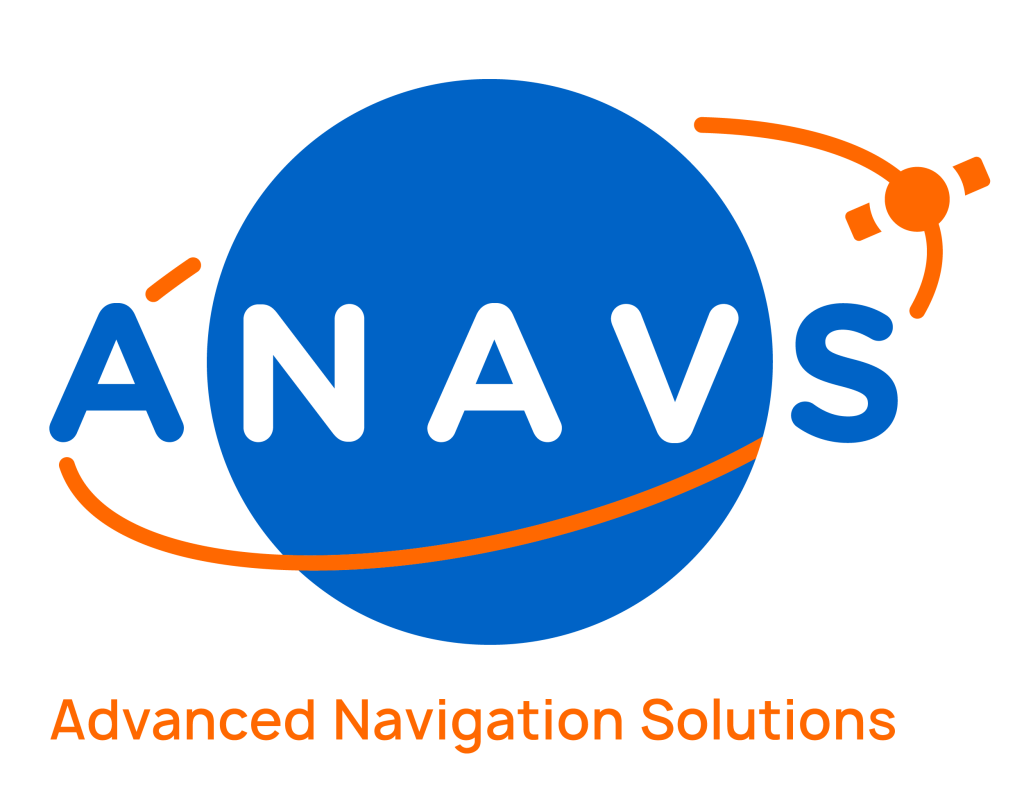
ANavS – Advanced Navigation Solutions
ANavS – Advanced Navigation Solutions was founded in 2011 and has three lines of business: precise positioning systems, precise mapping systems and snow monitoring systems. The core of the ANavS positioning systems is a modular and flexibly configurable sensor fusion of GNSS, inertial, odometry, UWB, camera and Lidar measurements. The innovative positioning algorithms were developed and patented by ANavS and include newest RTK/ PPP and AI methods. The main products of ANavS are the Multi-Sensor RTK module, the RTCM base station, the Integrated Sensor Platform (ISP) with 3 integrated GNSS receivers, an IMU, a wheel odometry interface, 2 cameras, a 3D Lidar, an LTE module for the reception of RTK corrections, and a processor for the sensor fusion. The ANavS products have a large range of applications including the automotive, robotics, automation, maritime, railway, aerospace, agriculture and mining industries.

Robotics Innovation Center – German Research Center for Artificial Intelligence (DFKI)
At the Robotics Innovation Center of the German Research Center for Artificial Intelligence (DFKI), headed by Prof. Dr. Dr. h.c. Frank Kirchner, an interdisciplinary team develops next-generation mobile robots that are able to solve complex tasks in water, space and our everyday lives as well as to interact safely with humans and their environment. The research department cooperates closely with the AG Robotik of the University of Bremen.
In VaMEx-RGE and VaMEx-APO, the rover ARTEMIS and the walking system CREX are used as mobile platforms as part of the ground units in the overall swarm. CREX is a six-legged walking robot and has successfully showcased its ability in the ENTERN project, where it autonomously explored and mapped a cave system on Tenerife. The ARTEMIS rover was developed for participation in the DLR SpaceBot Cups, where it demonstrated its high mobility by crossing obstacles and climbing slopes on sandy ground. It is equipped with a LIDAR-based SLAM and an autonomous path planning module, which will both be further developed as part of the VaMEx3 initiative. Apart from its extensive expertise in the development of mobile systems, the institute has several laboratories and workshops as well as an extensive test and demonstration infrastructure.
Website: https://robotik.dfki-bremen.de
VaMEx-3-AE
The flying swarm participants face special challenges as part of the VaMEx project. Their design and range of functions must be able to cope with the special atmospheric conditions and the mission requirements placed on them. The realization of these flying swarm participants is part of the VaMEx-3-AE project.
Partners:

TU Braunschweig – Institute of Flight Guidance
The Institute of Flight Guidance at TU Braunschweig is specialised in the navigation and control of aerial systems utilising a wide range of sensor technologies. Apart from traditional satellite or inertial based navigation, in recent years especially visual localisation and mapping with Unmanned Aerial Vehicles has been a major research topic. Projects such as VaMEx, KaNaRiA-K2I or ANKommEn have led to the development and publication of highly performant real-time algorithms that allow rapid exploration of unknown environments. With respect to VaMEx-3-AE these algorithms are deployed on a demonstrator and applied to the Mars scenario.
Website: www.tu-braunschweig.de/iff/institut

TU Munich – Institute of Helicopter Technology and VTOL
The Institute was founded in 2010 as an investment in high-quality engineering education by the company Eurocopter (now Airbus Helicopters). Therefore, it grants unique conditions for the close collaboration of academic education, basic research and applied engineering.
In both research and education, the Institute focuses on the overall system of the helicopter, while certain components such as the rotor system are analyzed in more detail. The classes offered by the department build on the more fundamental mechanical and aeronautical engineering classes of the aerospace curriculum, such as mechanics, thermodynamics, aerodynamics, control engineering. Within the focus area of helicopter technology, these fundamentals are taken to the next level and being applied to the helicopter. Furthermore, helicopter-specific challenges are addressed in research and education, including helicopter aerodynamics and dynamics, flight mechanics and controls, design and architecture, systems engineering and certification

TU Munich – Institute of Flight System Dynamics
As part of Technical University of Munich Department of Aerospace and Geodesy, the Institute of Flight System Dynamics is devoted to analyzing and modifying the dynamic characteristics of aerial platforms.
Our research areas are guidance and control of manned and unmanned aircraft; simulation, parameter identification and flight safety; trajectory optimization; sensors, navigation and data fusion; and avionics and safety critical systems. The research infrastructure includes several flight simulators, test rigs, and manned and unmanned aircraft. We have established important partnerships and synergies with top research institutions and leading industrial players in the field of aerospace.
Our ultimate goal is the development and the application of highly sophisticated approaches tailored to real world applications and products, as well as to the demanding challenges of tomorrow.

INVENT GmbH
INVENT GmbH is a pan-European engineering company specializing in the development and manufacture of fiber composite structural and functional components, mainly for the aerospace industry. At INVENT, our customers have rated us as an experienced tier-1 supplier with continuous 100% D1 performance. Since 1996, with strong bonds to the German aviation industry legacy, we have spread our wings and have become a global supplier, ranging from serial deliveries to customized developments. We are proud to support successfully the rate protection of the growing programs. INVENT’s key business is the development and manufacturing of high-precision structural and functional components for the aerospace industry. Military & medical as well as automotive applications and mechanical engineering are important pillars of INVENT’s broad business activities. The services range from concept studies and prototype design and manufacturing right through to series production for aerospace. Next to autoclave technology INVENT offers compression molding and filament winding processes for the manufacturing of sophisticated lightweight structures.In the field of product development INVENT is able to offer everything from one hand. All steps are performed at our premises, from analysis and design to prototype and series production. With some products INVENT was able to establish an international unique selling point. We are an EN 9100 and Nadcap composites certified company and have become an engineering and manufacturing specialist for innovative fiber composite technologies with a staff about 100+ employees since.
